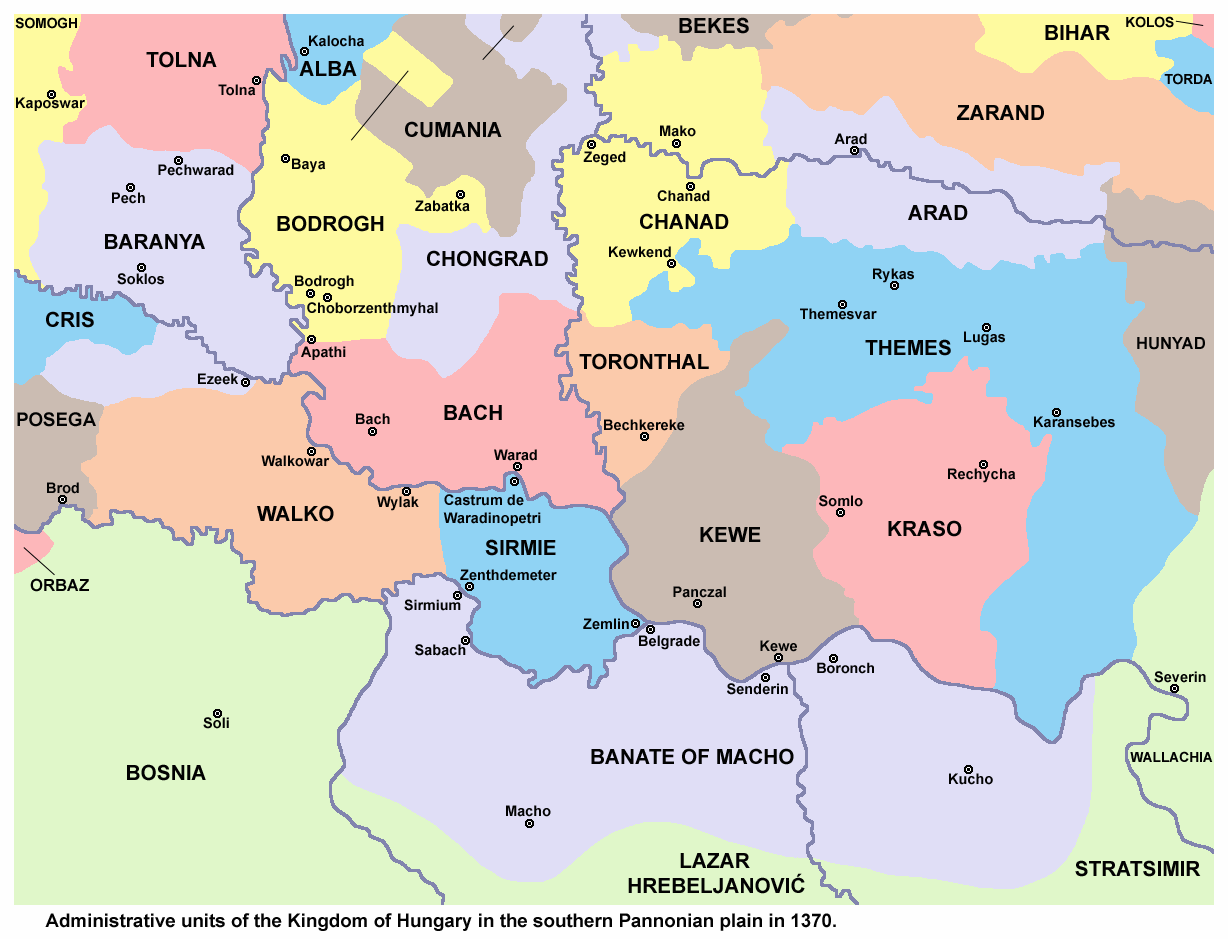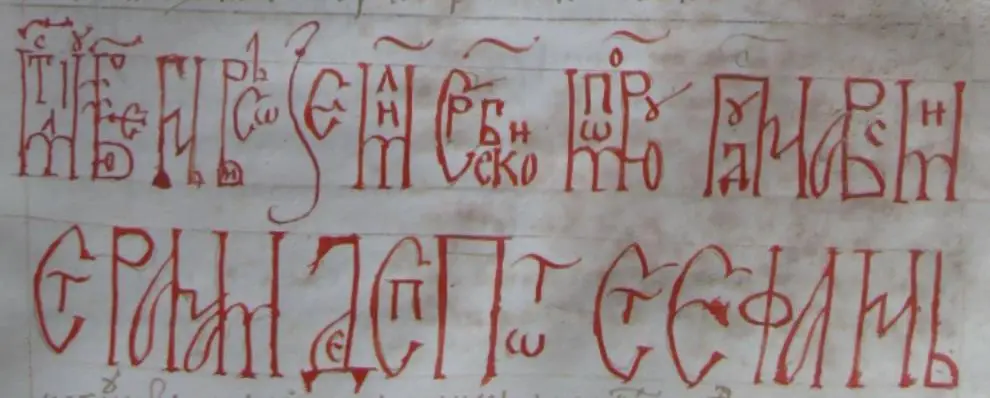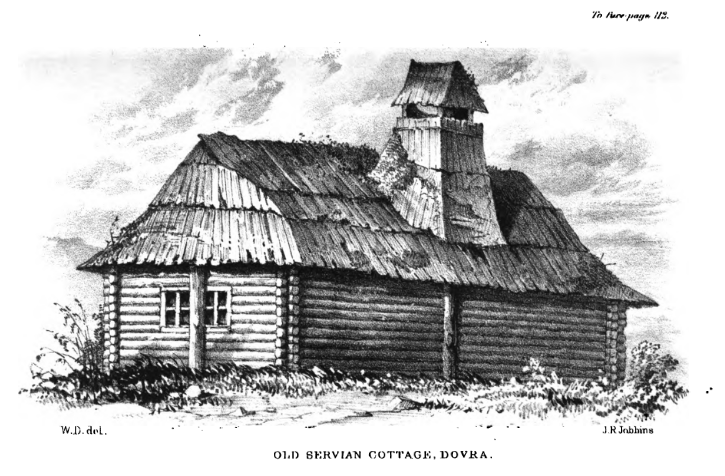By: Jevto Dedijer
VII
The Albanian penetration is so great that Orthodox Serbian settlements in the northern part of Old Serbia represent greater or lesser oasis. The Albanians have surrounded the Serb settlements on all sides with their compact areas. Such an Albanian area stretches along Šara and Karadag north to Bujanovac at the Serbian border. This contiguous Albanian zone separates the Vardar Serbs from Serbs in Kosovo, Metohija and Prizren. A second compact Albanian zone stretches from Bujanovac along the Serbian border over Kopaonik to the village of Kovačić. This contiguous zone is 100 to 120 kilometres long and separates the Kosovo Serbs from the Kingdom of Serbia. The fourth zone goes from the northern Albanian mountains towards Kopaonik and is only broken up by the narrow Serbian zone around Mitrovica: its aim is to separate the Serbs of Kosovo and Metohija from the Serb regions of the Sanjak of Novi Pazar.
The Albanians have been able to tear apart the settlements thus surrounded on all sides into multiple pieces. A spacious Albanian zone which runs from Stari Kolašin and extends along the western part of Kosovo through the valley of Lepenac managed to separate the Prizren and Metohija Serbs from the Kosovo ones.
The Serbian people in Old Serbia north of Šara and Karadag find themselves in the position of encirclement. When such a picture is viewed it looks as if this was done according to a plan whose aim it seems to have been to encircle the enemy, to separate it out into smaller sections and to then make some of the sections either surrender or exterminate. The fate of many thus isolated areas was decided beforehand; whoever could not emigrate had to accept Islam and to then gradually Albanise. This fate which threatens the current Serbian areas happened earlier, in the described way, to the areas of Prizren of Islamised Serbs, Drenica, Rožaj and others.
In Kosovo the Muslim population is in the majority and it consists of Albanians, Arnauts, then mohajirs from Serbia and Bosnia. Besides that there are some Turks in the towns and those are few. After Albanians the numerically strongest are Orthodox Serbs, who often form greater and mostly Serbian areas. Of those the greatest one is between Gračanica and Priština with the greatest Serb village of Gornja and Donja Gušterica. The Vučitrn area is weaker which stretches along both banks of Sitnica towards the north-west. There are few Serbs in the Nerodimka and Drenica basins. Gornja and Donja Morava are in contact with the Kosovo region, then Stari Kolašin. Lab is purely Albanian.
The Serbs in Kosovo and Metohija are separated, due to the Rugovo Albanian region, from the Serbian Muslim and Orthodox settlements in Plav and Gusinje, which maintain contact with the neighbouring Serbian regions of Montenegro.
The Sanjak of Novi Pazar represents an almost purely Serbian region. In it there is only one purely Albanian region to the west of the town of Novi Pazar. Orthodox Serbs make up for over half of the Orthodox population. The mentioned Albanian oasis, along with the Pešter region and the upper half of the Ibar valley make up the greatest Albanian zone in the Sanjak, which spread towards the north and south as well, with the intention to create a purely Muslim wall between the Serbian and Montenegrin borders. Muslims usually make up great oasis around towns and in the more fertile valleys, while Orthodox Serbs live in the mountains and karst areas, then along the borders of Serbia and Montenegro.
Here [in Serbia, translator’s note] is it often thought that these areas were completely desolate after the great migrations of the seventeenth and eighteenth centuries and that such ethnographic circumstances are prevalent in northern Old Serbia for two hundred years. This assumption can only partially be true, for certain regions and for limited time frames. It seems that it the Kosovo regions and certain parts of Metohija during the great migrations the Serbian element almost completely disappeared. But after these great migrations there were ethnographic changes which did not go completely to the detriment of the Serbian element. Various emigrations and immigrations happened. In all these movements Serbs from neighbouring regions participated as well (from the Prizren and Novi Pazar areas and from the Montenegrin Brda region). According to information which we brought forward in the previous chapter it can be seen that Serbs at the start of the XIX century penetrated a lot more into the Albanian region, that they lived in significant numbers in many areas which are today majority Albanian and purely Muslim and that that many of then Serbian regions are now purely Albanian and Arnaut ones. Such ethnographic circumstances were created only in the second half of the XIX century and mostly in the period of 1875. to today.
The population of Kosovo is of a varied ethnographic composition. The majority of Serbian population is descended of immigrants who came 100 or 200 years ago from various neighbouring areas. During the great migrations of the XVII and XVIII century a great mass of Serbian population moved out. The remaining population which immigrated right after the Serbs left seems to have been ruined by various diseases, plagues and choleras in the eighteenth and nineteenth centuries and earlier. In so devastated areas Serbs and Albanians from the neighbouring areas immigrated. The Serbian populace in the southern part of Kosovo is descended from the Prizren, Kačanik and Ferizovići areas. There is a lot of immigrants from the Šara area of Sirinić. A much stronger current of immigration came from the Montenegrin Brda and from Kolašin, which the old-timers and immigrants from the south call Erama. This is a healthy, fertile and durable population, which lives in big families and cooperatives and is more capable of fighting the Albanians. This current covers the area around Mitrovica and Vučitrn and reaches south all the way to Gračanica. In Nerodimka basin, Čagljevica and Gračanica there are lots of immigrants from Metohija and Prizren.
The population of Kosovo emigrated in great masses to Serbia. Kosovars are especially many in central and eastern Serbia. Their most well-known settlements in Serbia are: the Kruševac area, Župa, the Toplica basin, around the Grdelica Gorge, Timok, around Zaječar and Negotin, Resava, Ravanica, Paraćin, Levač, Temnić, the Mlava valley, Homolje, Zvižd and around Belgrade.
Albanians are mostly descended from the Malisor and Mirditë tribes, from Lumë, Drim basin, Drenica and the Prizren area. The are mostly newer immigrants 100 to 120 years back. Besides that there are daily migrations from one village to another. The movements happened especially in the period after 1876, since the first Serbo-Turkish War.
Islamised and Albanised Serbs are many in Kosovo. Cvijić reliably established that in Kosovo there are at least 140 houses of Albanised Serbs. These are mostly new Arnauts, for which there is still a memory as to when they converted to Islam and even which slava [a Serbian tradition, celebrating a family’s patron saint, translator’s note] they celebrated before. Islamised Serbs are many in the Sanjak of Novi Pazar. Not counting the Albanian area around Pešter and some families in the town the entire Muslim population of the Sanjak is of Serbian origin and speaks exclusively the Serbian language. Muslim Serbs are many around Peć, Plav and Gusinje. Many Muslim areas around Prizren are settled by Muslim Serbs. The most significant of them is the Gora region which converted to Islam 100 years ago. Most Muslim Serbs outside of the Sanjak speak Serbian and Albanian, some already Albanian as well as Serbian and some have been fully Albanised and have entered the composition of the Krasniqi, Gashi, Bytyçi and Berisha tribes.
Translated by Books of Jeremiah



